
Point of Sale Equipment Guide
What Does POS Mean?
Cash Register vs POS System
A cash register, or till, is a cash management machine that calculates a sale's total, records the sale, and contains a drawer for storing cash. POS systems perform the same functions as a cash register and collect and manage data to help your business run smoothly and efficiently.
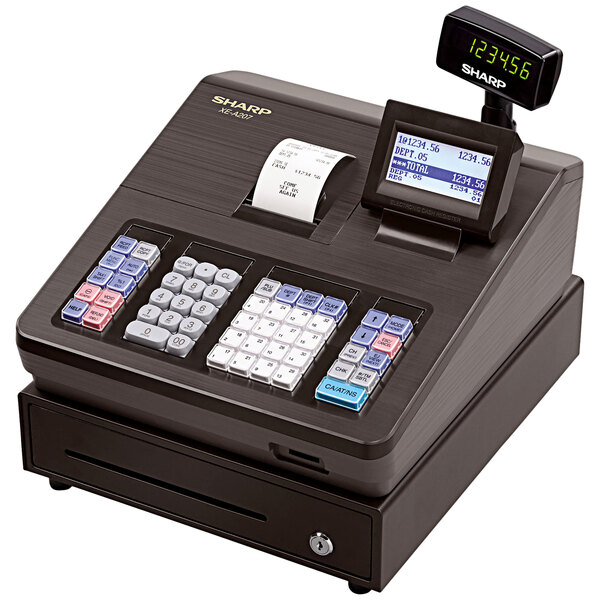

Cash Register
Cash registers utilize a traditional register-based system that are ideal for businesses that only need to ring up and complete transactions, store money, and print out receipts.
- Affordable
- Easy to set up
- Easy to use and require minimal training
- Safe and secure way to keep track of and store money
- Limited technology provides limited reporting capabilities; will need to manually track inventory and financials
- Purchases may not be as quick as POS systems


POS System
POS systems combine point of sale hardware and point of sale software to go beyond a cash register's basic sales reporting. It allows operators to manage sales plus provides a variety of business management tools under one computer system. POS systems are ideal for high-volume businesses with multiple check out areas and/or mutliple locations as well as small businesses looking to streamline their operations and grow their business.
- Provides reporting on inventory management, employee management, and marketing
- Collects and stores customer data
- Can run loyalty programs and implement promotions
- Can be integrated with accounting software and e-commerce platform
- User-friendly, intuitive, and easily grows with your business
- Larger upfront cost with hardware and software requirements; typically have monthly software fees
Types of Point of Sale Hardware
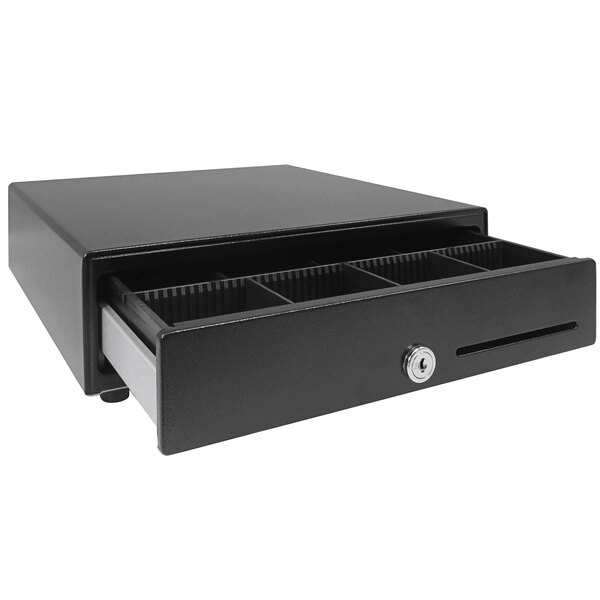
Cash Drawer
If your establishment accepts cash as a form of payment, a cash drawer is a necessary piece of equipment to keep your money safe and secure. Both manually operated and electronically operated cash drawers are available to fit your needs. Electronically operated cash drawers stay locked to employees until a sale is made and can be connected to POS software to track when the drawer is opened.

POS Computer
POS computers act as an alternative to a register, allowing you calculate and process transactions as well as connect to other POS hardware and POS software, either by USB or WiFi.

Mobile Computers
Mobile computers combine PC and scanning functions in a single, handheld device to track deliveries, monitor inventory, and manage orders and sales. Great for warehouses, manufacturers, health care facilities, and businesses with multiple locations, mobile computers can help keep your establishment's data up to date and keep staff connected no matter their location.
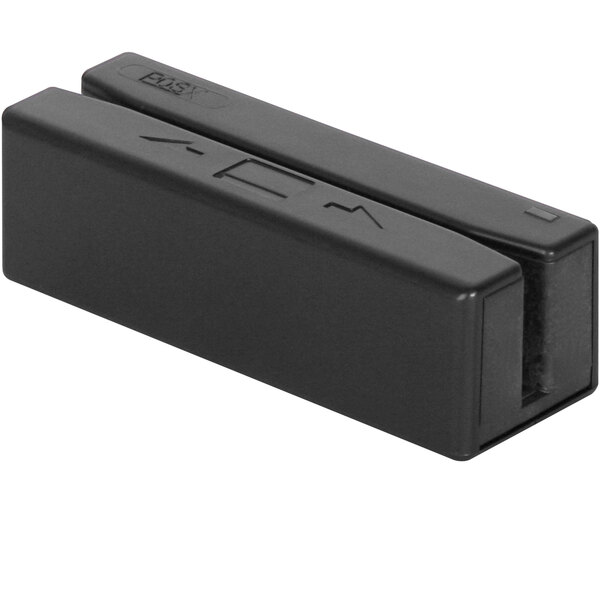
Card Reader
A card reader lets your customers securely pay by credit card while in-store, via chip card or a magnetic stripe card.

Barcode Scanner
A barcode scanner reads an item’s barcode to bring up its price and details during the transaction process. Barcode scanners can also be used to manage inventory. Here are some considerations when purchasing a barcode scanner:
What kind of barcodes will you be reading? The first step in knowing what scanner you need is knowing if the scanner needs to read 1D or 2D barcodes.
What environment will the scanner be used in? Retail environments will most likely need ergonomically designed handheld scanners whereas warehouses and manufacturers will most likely need rugged/industrial scanners that can withstand extreme temperatures and other harsh conditions and are impact-resistant.
How many barcodes do you expect to scan in a day? If you have a high-volume operation, you may need a hands-free scanner to streamline your transactions.
Do you need it to be mobile? Corded scanners connect directly to a PC through a cable and may be all your business needs to operate. Cordless scanners connect to your system wirelessly for those who need added mobility when scanning.
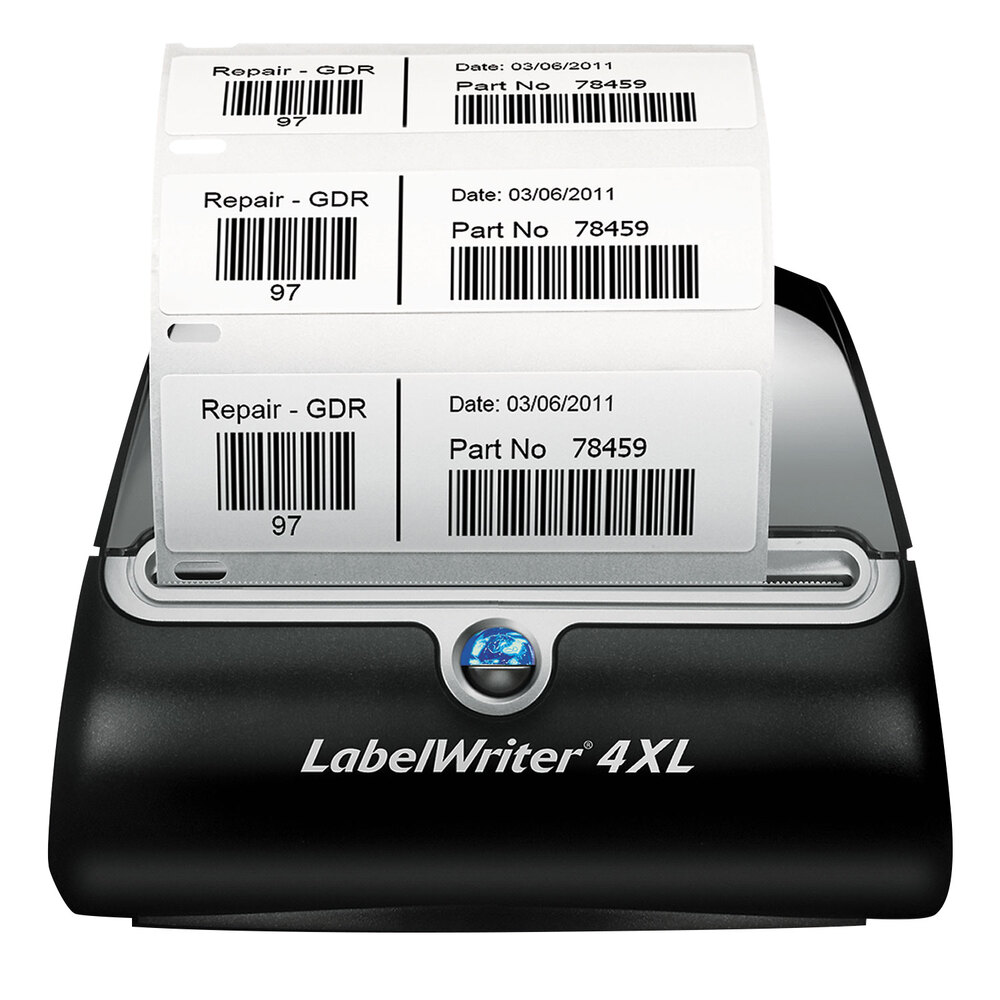
Label Printers
Thermal label printers are essential for foodservice and retail environments looking to sell or ship packaged goods. There are two types of thermal printing methods: direct thermal and thermal transfer. Whereas direct thermal printers apply heat to chemically treated paper to create a label, thermal transfer printers use heat to bond a thin film of wax or resin coating onto a label.
- High-quality and long-lasting print
- Resistant to harsh conditions
- Can be used with many different color ribbons
- Requires ribbons
- Typically more expensive
- High-quality and long-lasting print
- Resistant to harsh conditions
- Can be used with many different color ribbons
- Fade over time
- Not ideal for harsh conditions (heat, water, strong sunlight, etc.)
- Printhead may wear out faster
- Can only print black

Receipt Printer
Receipt printers are required in almost every establishment, providing customers with proof of purchase. Some factors to consider when purchasing a receipt printer is the print method, print speed, and any features, such as Bluetooth or Wi-Fi, that best suit your needs.
Direct thermal printers print by direct contact between the thermal head, which generates heat, and thermal paper, which is chemically treated to be sensitive to heat.
- Fast and quiet printing
- Do not need any ink or toner, which saves businesses money over time
- Images do not last long
- Not suitable for high-heat environments
- More costly upfront
- Can only print black on white
Impact printers, or dot matrix printers, have tiny pins that are mounted on the print head, which work with an ink ribbon to produce a series of dots that form the letters on the paper.
- More cost effective
- Designed to work in high-heat environments, making them great for kitchens and food trucks
- Produce high-quality, long-lasting images
- Can often print in two colors
- Can create carbon copies
- Print speed is typically slower than thermal printers
- Printing noise level is typically higher than thermal printers
Additional Point of Sale Equipment
While these accessories might not be required for every POS system, you may find them useful for your business.

ID Scanners
If you’re serving alcohol at your establishment, it is important to have ID scanners at your register to prevent the sale of alcohol to minors.
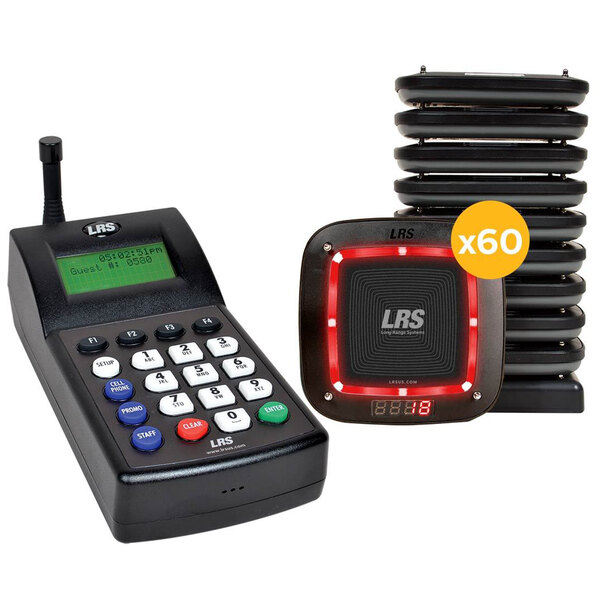
Restaurant Pagers
Restaurant pagers enable management and staff members to quickly send alerts to other employees when they're needed or to guests when their tables are ready. Pagers eliminate the need for loud overhead paging or raised voices from the kitchen, and they help increase a staff's accessibility and response time.
Related Resources
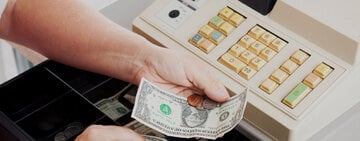
How to Balance a Cash Register
Balancing a cash register is the method used to accurately account for all daily monetary transactions in a business. Good accounting and bookkeeping procedures begin with a balanced register. Typically, trustworthy employees who prove capable of exchanging cash in an efficient manner will operate the cash registers. When their shift is complete, it's time to prepare the drawer for the next employee to use or for earnings to leave your location in the form of a bank deposit. The best process for how to balance a cash register is simple to introduce with just a few easy steps. Shop All Cash Registers and Cash Drawers 1. Determine the Best "Starting" Amount The cash register should contain a consistent number of bills and coins so you c
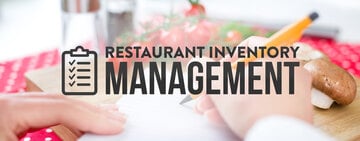
Restaurant Inventory Management
Restaurant inventory management involves monitoring and tracking all items in your restaurant, including food, beverages, utensils, equipment, and cleaning supplies. One of the main goals of restaurant inventory management is to achieve a balance between having enough inventory to meet customer demand without overstocking and risking spoilage or waste. This requires careful planning, accurate sales forecasting , and regular monitoring of inventory levels. We've created a comprehensive guide on how to accurately monitor restaurant inventory and highlighted tips and tools you can utilize to maximize the efficiency of your inventory. Use these links to learn more about different aspects of restaurant inventory management: How to Do Restaurant
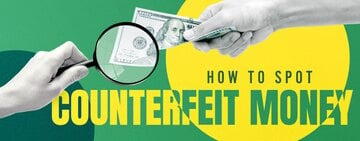
How to Tell if Money is Fake
Counterfeit currency poses a significant challenge for bars and restaurants, particularly small establishments relying on cash transactions for a substantial portion of their income. Equipping yourself with knowledge on spotting counterfeit bills and utilizing a counterfeit money detector is one method to safeguard your financial well-being. Train your staff on the different aspects of fake bills versus real ones using our extensive guide. Shop All Counterfeit Money Detectors
- Topics 1357
- Industrial 55
- Troubleshooting Guides 21
- Restaurant Management 128
- Bar Management 56
- Catering Tips 36
- Bakery Management 42
- Food Trucks & Concessions 49
- Advertising & Marketing 37
- Eco-Friendly Tips 11
- Facility Layout & Design 42
- Coffee Shop Tips 28
- Installation & Maintenance 51
- Janitorial & Pest Control 30
- Safety & Sanitation 88
- Startup Tips 104
- Menu Design 10
- Kitchen & Cooking Tips 84
- Hospitality Management 24
- Pizza & Sandwich Shop Tips 36
- Smallwares 37
- Food Prep 89
- Tabletop Items 17
- Disposables 22
- Calculators & Tools 6
- Consumables 52
- Warewashing & Laundry 19
- Cooking Equipment 91
- Food Storage & Refrigeration 51
- Beverage Equipment 35
- Office Supplies 6
- Resource Type
- In-Depth Articles273
- Buying Guides298
- How-Tos95
- Product Reviews78


